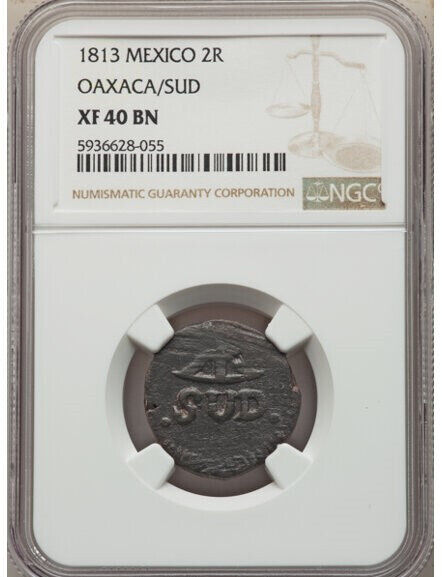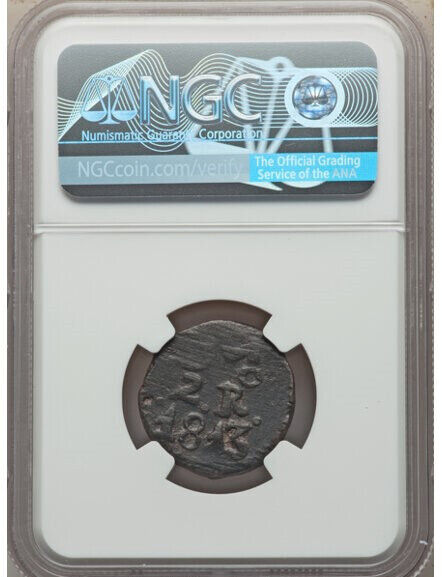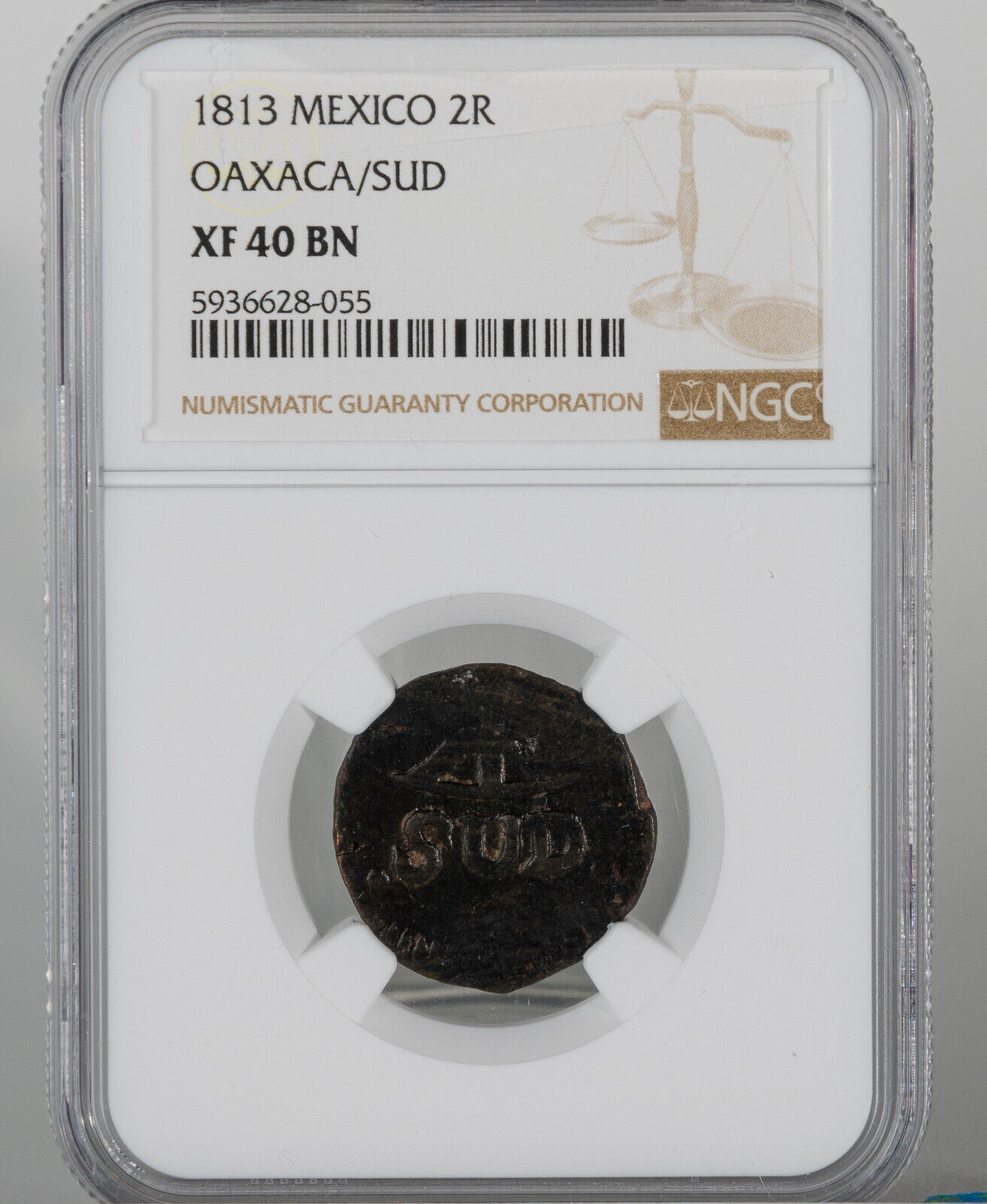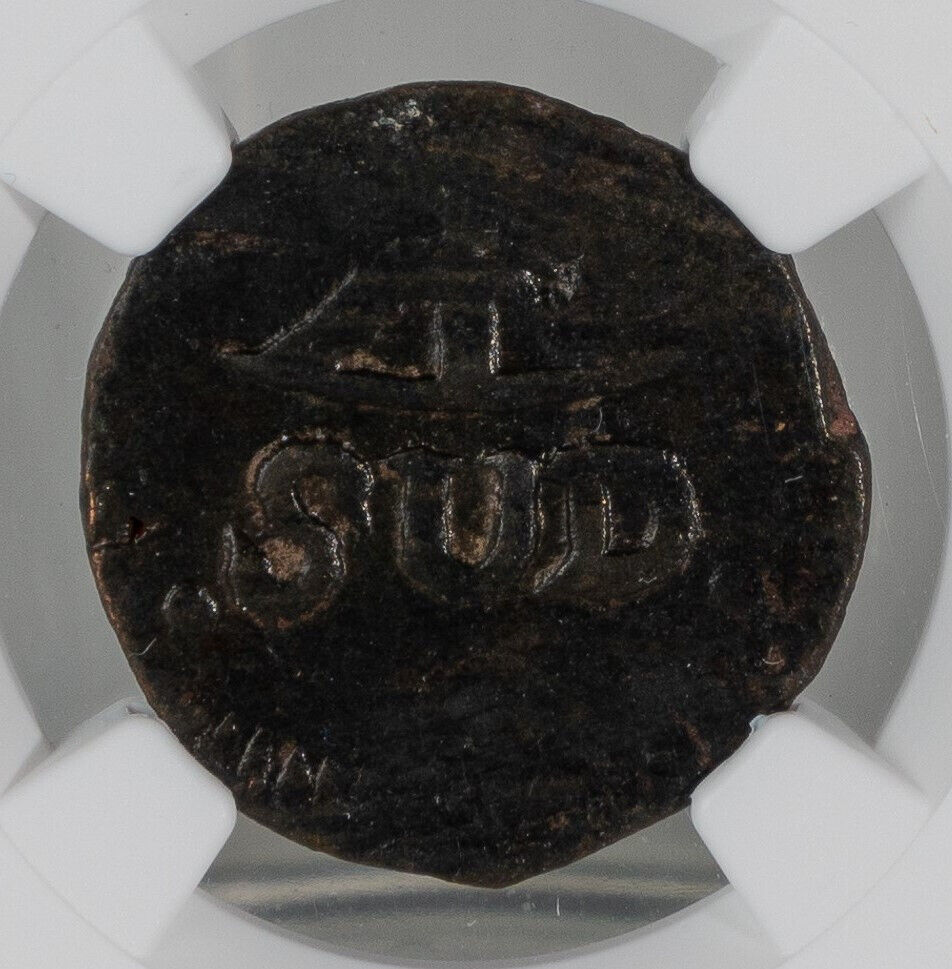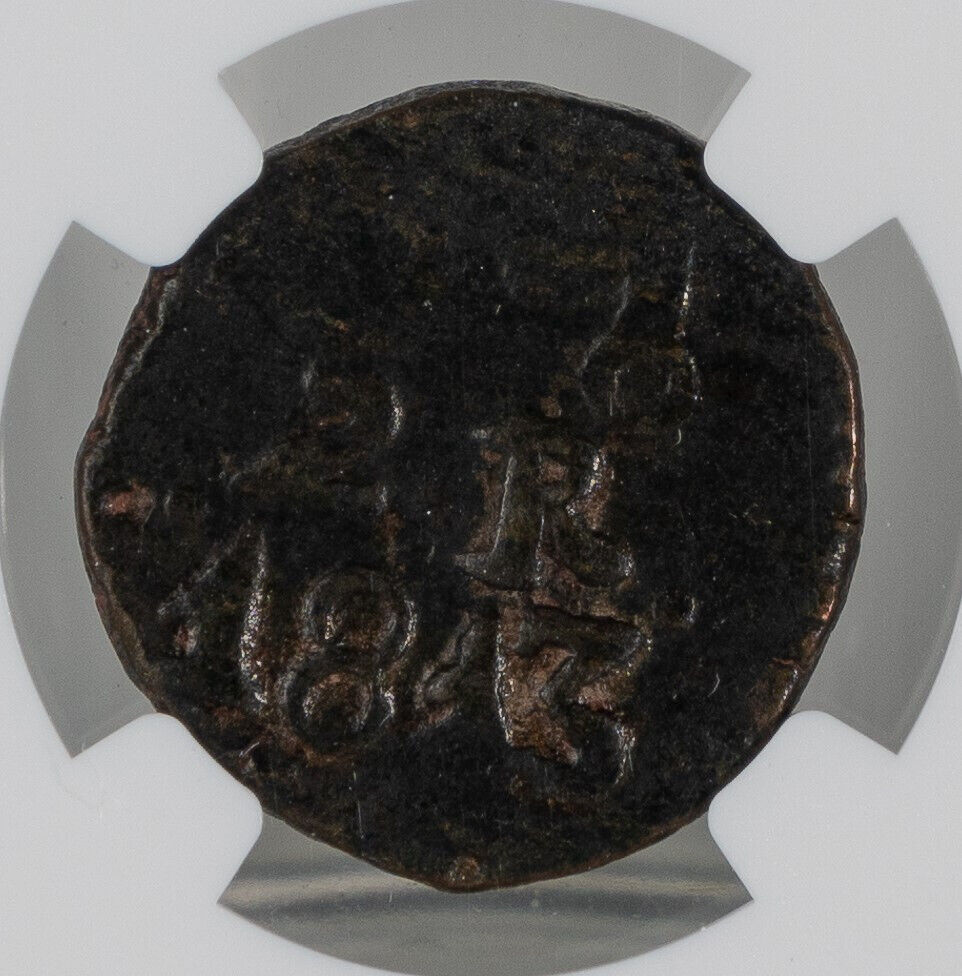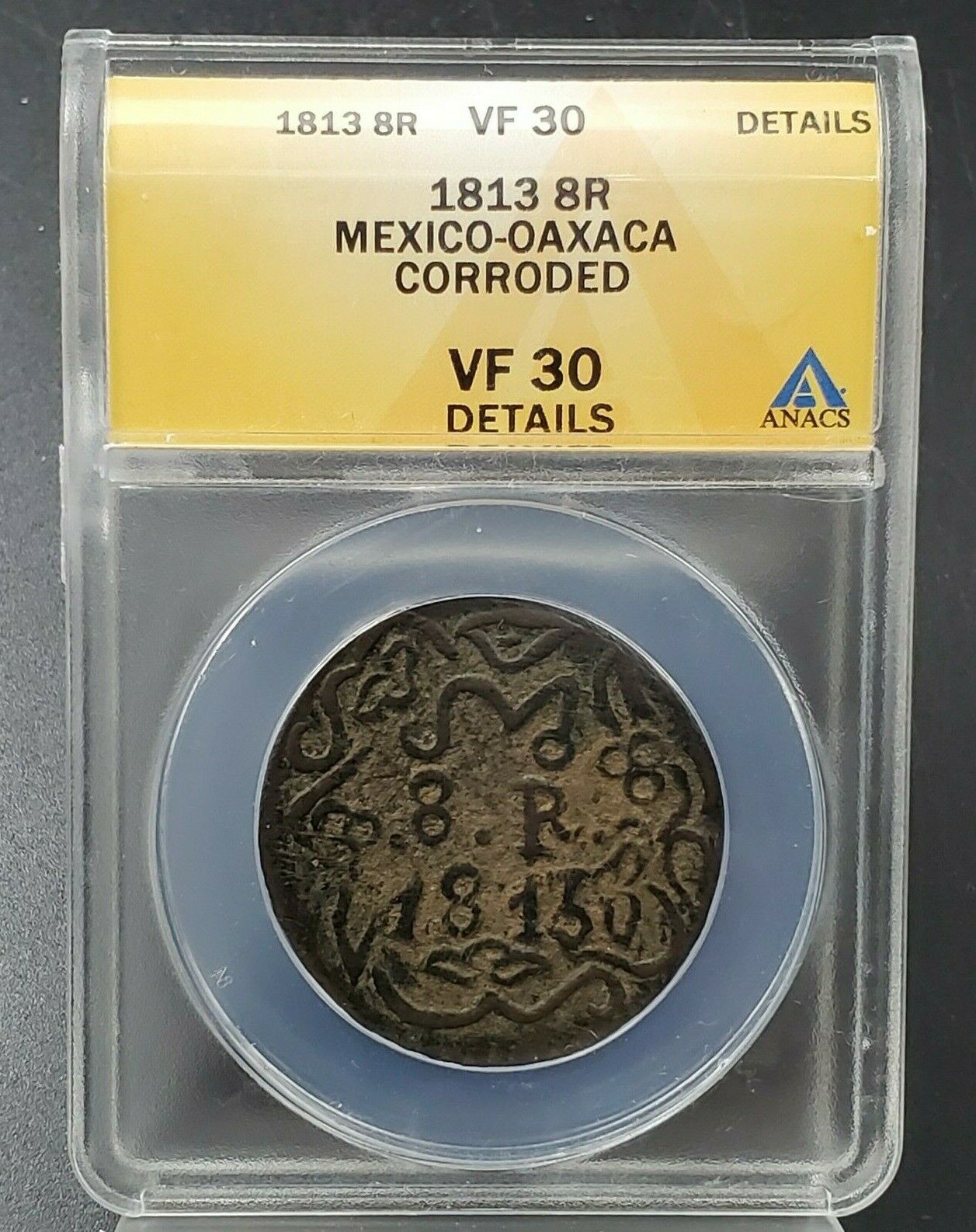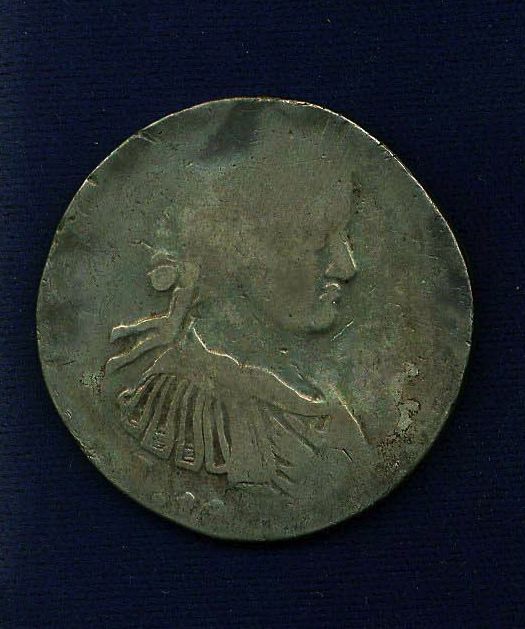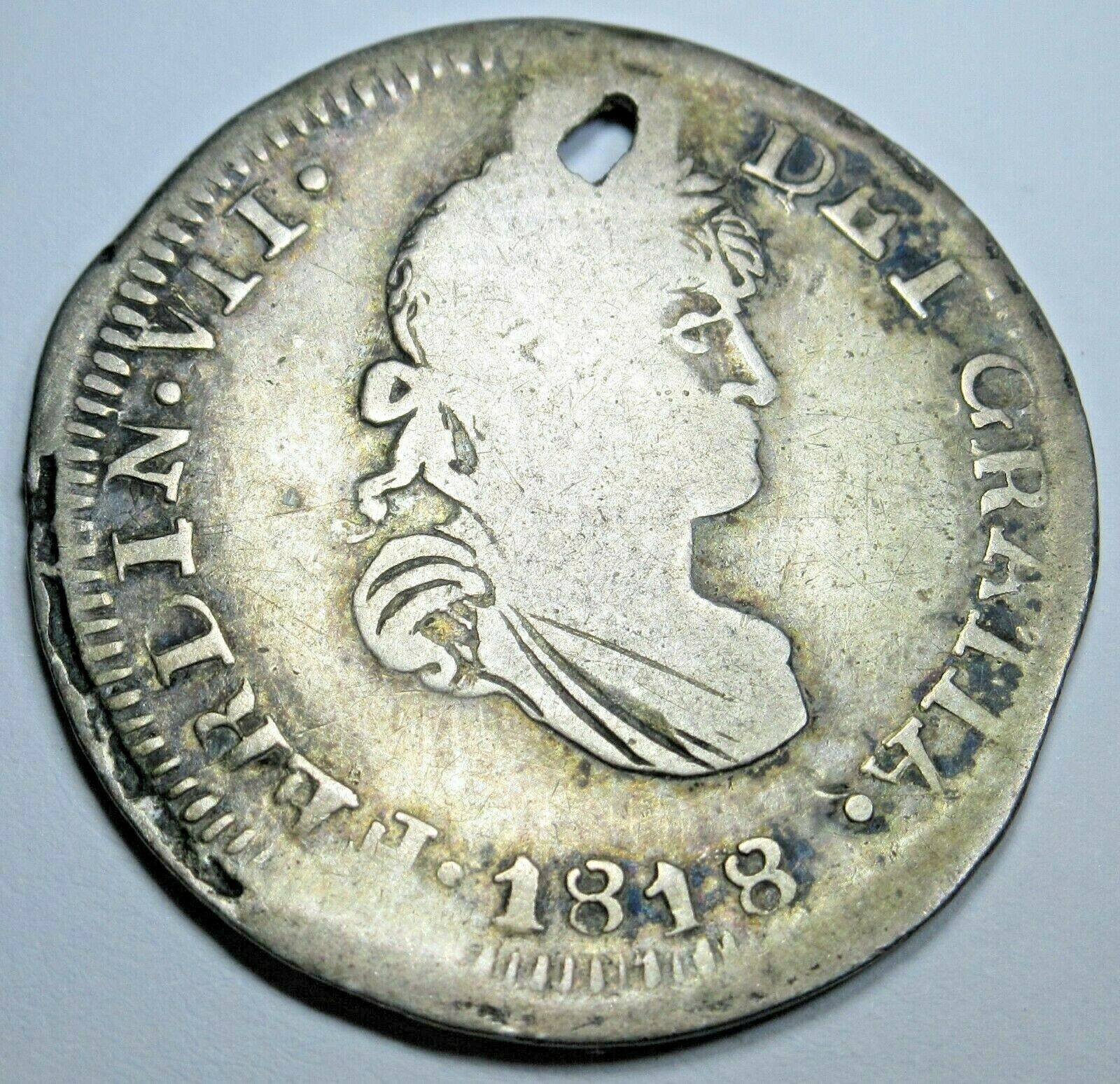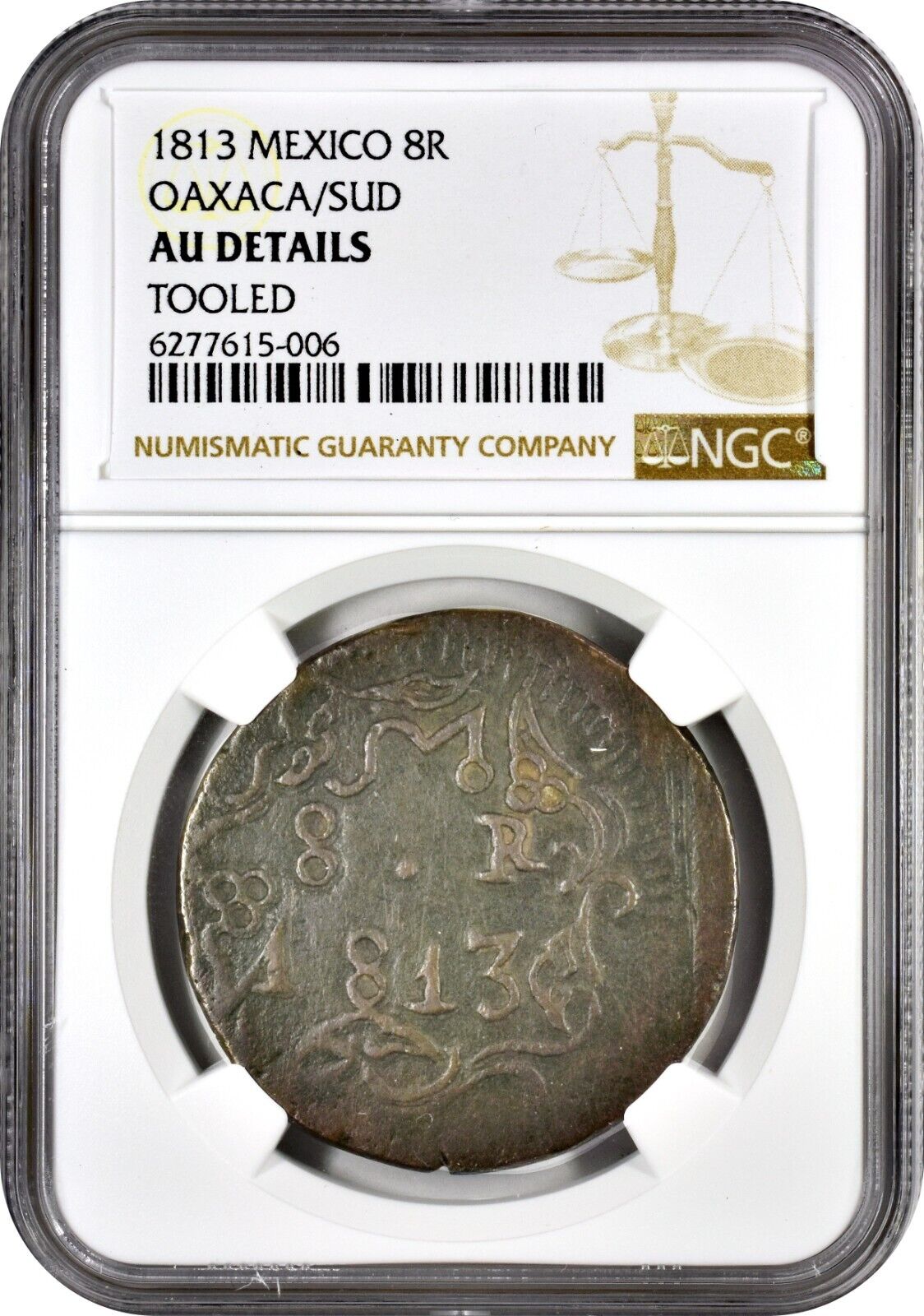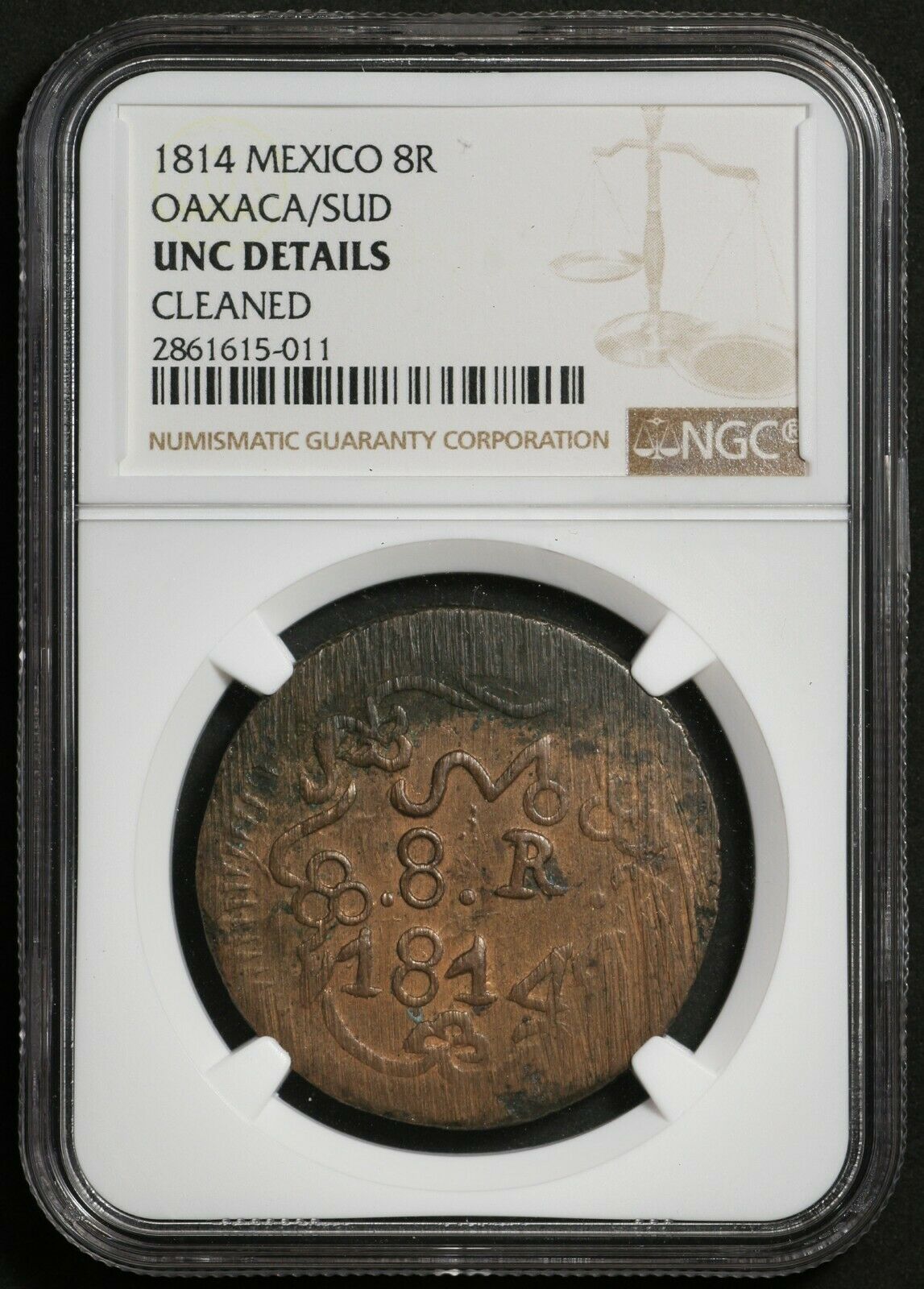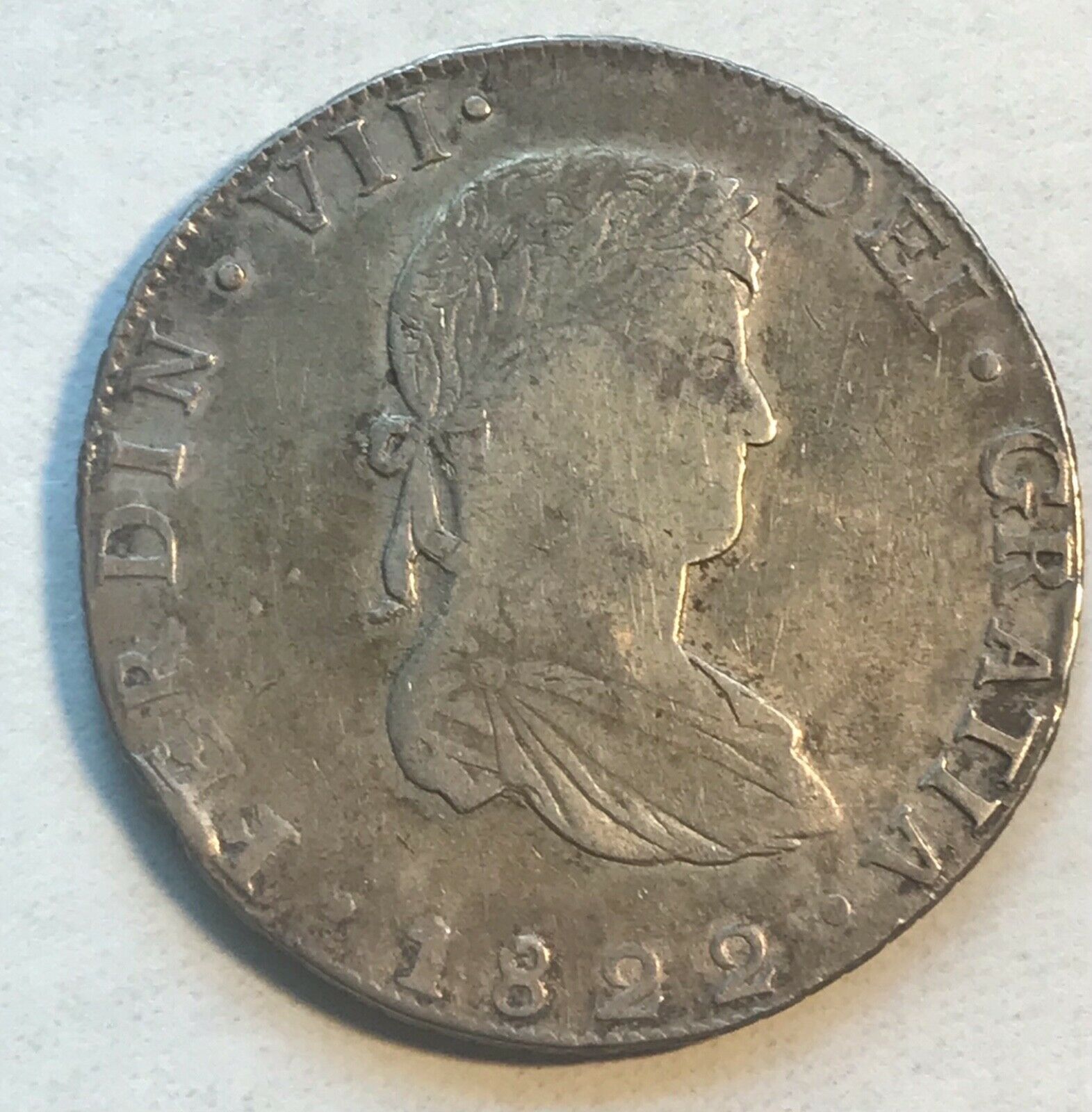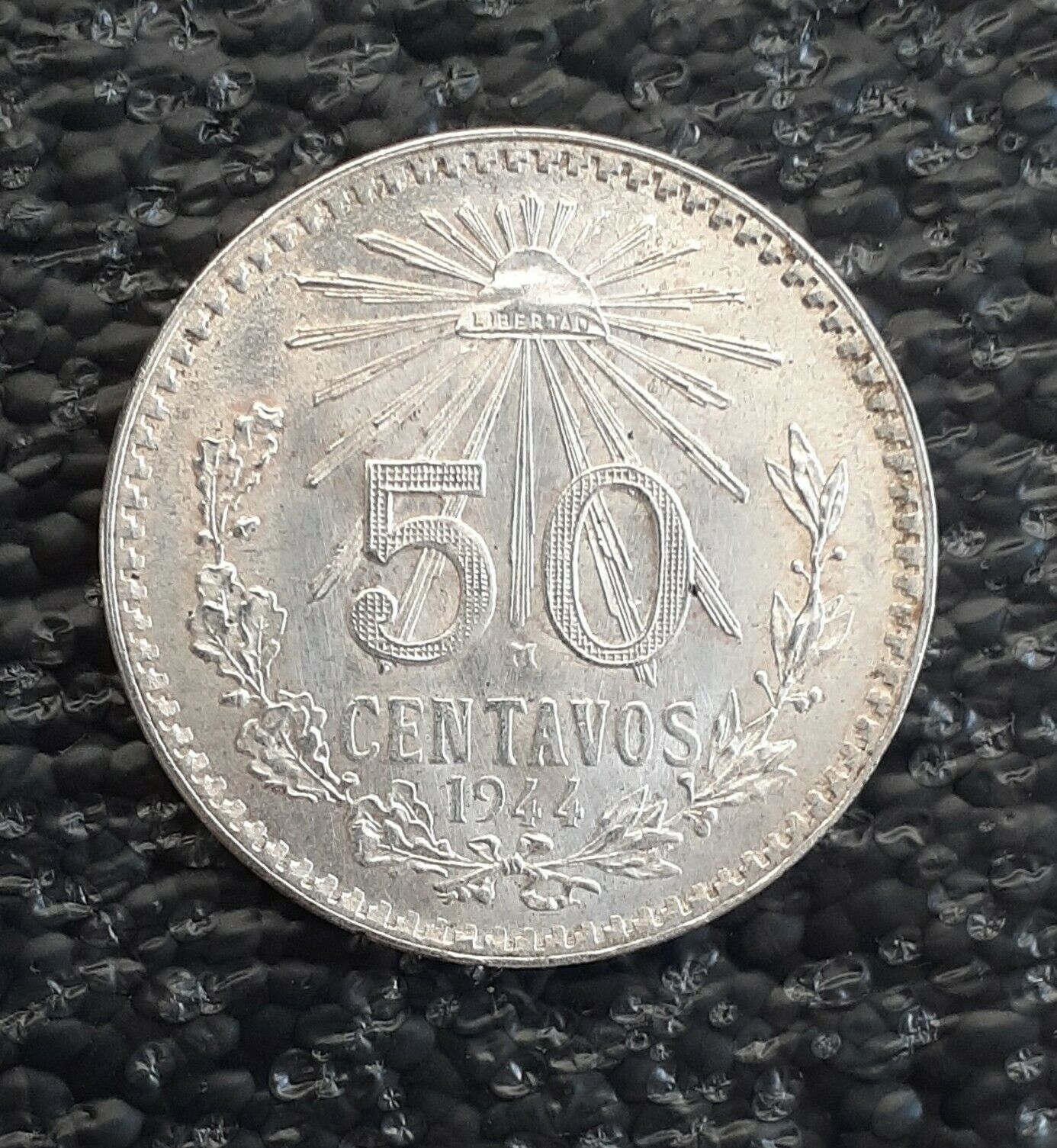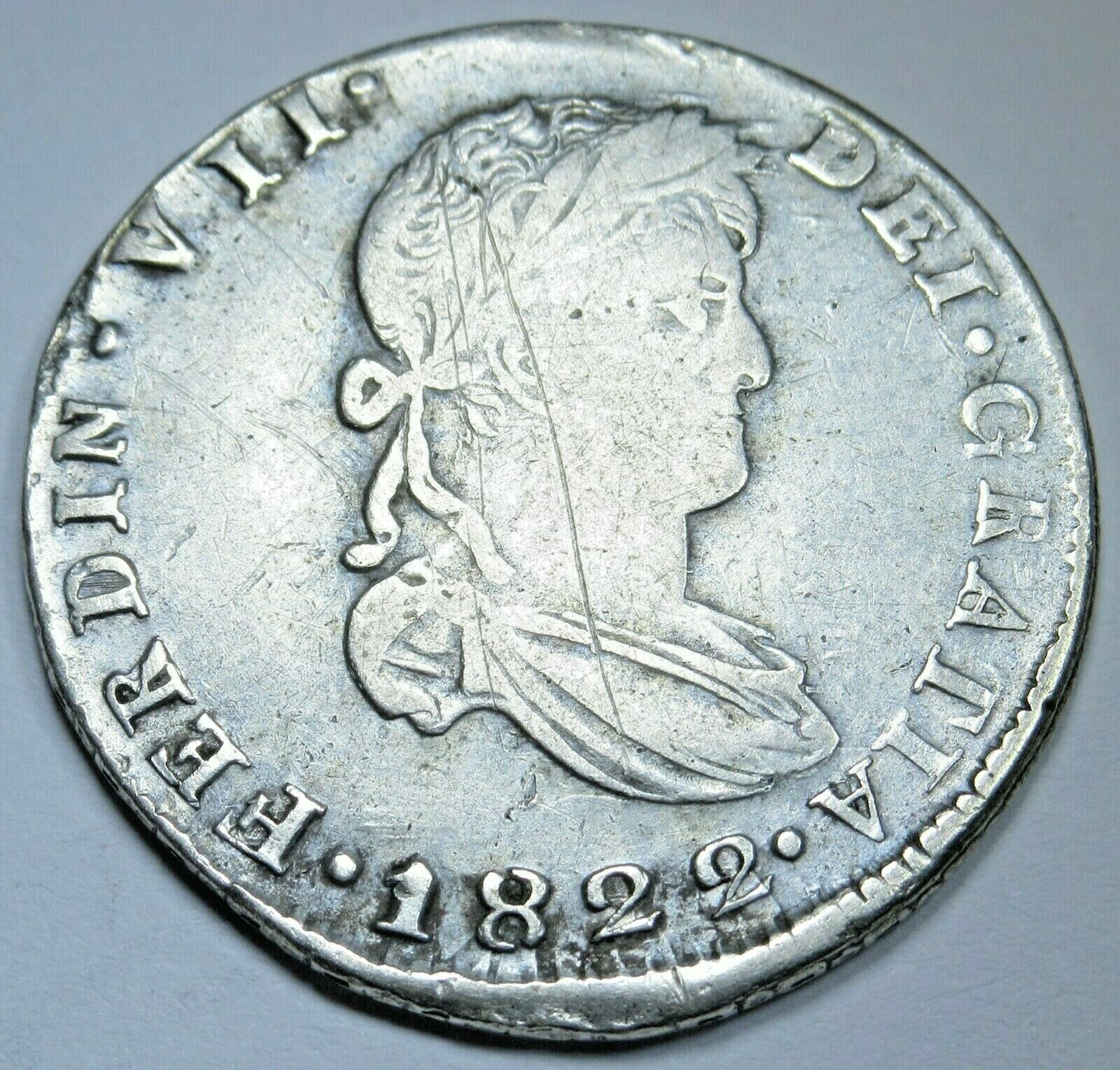-40%
Mexico Revolutionary Oaxaca 1813, 2 Reales NGC XF40, Rare !
$ 91.34
- Description
- Size Guide
Description
Oaxaca, War of Independence, 2 Reales, 1813, KM226.1.Graded NGC XF40 Brown, Census [3/4], total of 16. PCGS Population [0/2], total of 2. Scarce in this condition!
Dark mahogany brown surfaces.
Combined shipping available. Please view our high resolution photos.
Oaxaca
(English:
/wəˈhækə/
wə-HA-kə, also US:
/wɑːˈhɑːkɑː/
wah-HAH-kah, Spanish:
[waˈxaka]
, from Classical Nahuatl: Huāxyacac [waːʃˈjakak]), officially the Free and Sovereign State of Oaxaca (Spanish:
Estado Libre y Soberano de Oaxaca
), is one of the 32 states that compose the Federative Entities of Mexico. It is divided into 570 municipalities, of which 418 (almost three quarters) are governed by the system of
usos y costumbres
(customs and traditions) with recognized local forms of self-governance. Its capital city is Oaxaca de Juárez.
Oaxaca is in southwestern Mexico. It is bordered by the states of Guerrero to the west, Puebla to the northwest, Veracruz to the north, and Chiapas to the east. To the south, Oaxaca has a significant coastline on the Pacific Ocean.
During the 19th century, Oaxaca and the rest of Mexico was split between liberal (federalist) and conservative (centralist) factions. The political and military struggles between the factions resulted in wars and intrigues. Vicente Guerrero, a liberal, was executed by firing squad in Cuilapam in 1831. Liberal Manuel Gomez Pedraza became governor in 1832 but was opposed by General Estaban Moctezuma. He and commandant Luis Quintanar persecuted liberals in the state, including Benito Juárez. The constant warfare had a negative effect on the state's economy and those in the Tehuantepec area supported a separatist movement which was partially successful in the 1850s.
Two Oaxacans, Benito Juarez and Porfirio Díaz were prominent players in the Reform War. It is difficult to overstate Juárez's meaning to the state. He was born on March 21, 1806, in the village of San Pablo Guelatao and was full blooded Zapotec. He began his career studying to be a priest then a lawyer. In 1847, Juarez became governor of Oaxaca, but still faced stern opposition from conservatives such as Lope San Germán. With the success of the Plan de Ayutla, Juarez became governor again, and worked to remove privileges and properties from the Church and landed classes. The Constitution of 1857, was ratified in Oaxaca city, and Juarez left the governor's position to become President of Mexico. He was president during one of Mexico's most turbulent times, fighting invading French forces and conservatives. As a liberal, he imposed many of the reforms which remain today including those in education and separation of church and state. He is also considered to be a legend and a symbol for the indigenous population of the state.
Porfirio Díaz was Juárez's ally through the French Intervention. French imperial forces took Oaxaca city, which was defended by Porfirio Díaz, landing the latter in prison. The capital was later recaptured by the liberals under Carlos Oronoz. However, soon after Juarez took back the presidency, Porfirio Díaz declared rebellion against him from Oaxaca in 1872 under the Plan de Tuxtepec. Juárez died in office. Diaz would succeed in obtaining the presidency and did not relinquish it until the Mexican Revolution.
Late 19th century to present
During Diaz's rule, called the Porfiriato, a number of modernization efforts were undertaken in the state such as public lighting, first with gas then with electricity, railroad lines, new agriculture techniques and the revitalization of commerce. However, most of the benefits of these advances went to national and international corporations and workers and indigenous farmers organized against the regime.
After the Mexican Revolution broke out, Diaz was soon ousted and the rest of the war was among the various factions that had power in different parts of the country. Various leaders such as Francisco I. Madero, Victoriano Huerta and Venustiano Carranza came to the state during this time. However; the most important force in the area was the Liberation Army of the South under Emiliano Zapata. This army would ally and fight against the previous leaders, especially Venustiano Carranza, and hold various portions of the state until 1920. At the end of the Revolution, a new state constitution was written and accepted in 1922.
